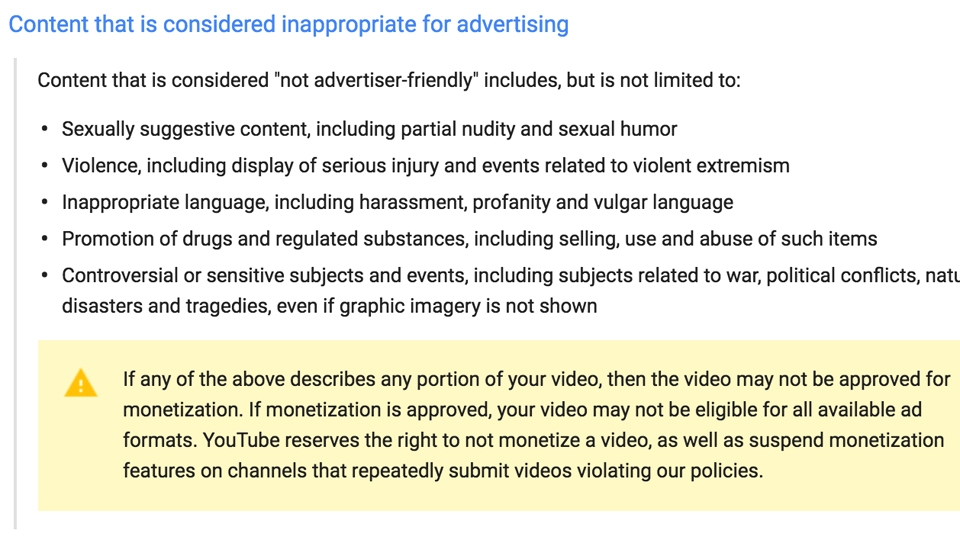
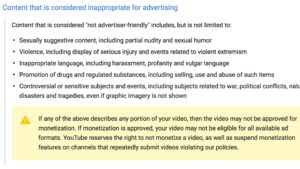
YouTube has faced increasing amounts of accusations for being anti-user friendly. Many YouTubers see the announcement as another sign of the claim.
By Craig Taylor | staff writer
Over the past week, hundreds of people who make a living off of posting videos on YouTube discovered that many of their videos had stopped collecting advertising revenue after being deemed not “advertiser-friendly” by the site. Initially, it was thought that YouTube had suddenly begun demonetizing videos overnight, but this was not the case.
Videos can generate advertising revenue if the poster agrees to be a “YouTube partner,” but this game with rules to follow. For years, YouTube has enforced strict guidelines on what content is considered “advertiser-friendly.” If a YouTuber’s video contains any banned element, the video is demonetized and the poster does not receive any advertising revenue.
Now, a recent change in YouTube’s interface clearly shows content posters which videos are flagged as objectionable to advertisers. Before, most channels were not informed when their content stopped generating revenue.
On Aug. 31, popular YouTuber Phillip DeFranco uploaded a video titled “YouTube Is Shutting Down My Channel and I’m Not Sure What To Do,” which falsely suggested that the majority of his videos were being demonetized. The video and the ensuing confusion brought accusations of censorship from creators across YouTube, although the site’s guidelines regarding monetization have not changed for some time.
According to the Internet Creator’s Guild, a union for online content creators, YouTube says that only one percent of their partners’ videos have been tagged as ineligible for ad revenue. Even still, the “how” and “why” of the way these videos get flagged highlights gripes that YouTubers have had with the site for years.
YouTube’s guidelines for videos that aim to be “advertiser-friendly” prohibit not only standard things such as sexually explicit content, violence and the promotion of drug use, but also swearing and the inclusion of “controversial or sensitive subjects and events, subjects related to war, political conflicts, natural disasters and tragedies.”
This umbrella covers a broad range of channels that include anything provocative, even news channels that report current events. Some videos with topics that have caused them to be demonetized include “LGBT Tragedy & History” by Rowan Ellis, “My Depression Story” by Luke Cutforth and ”Syrian Girls and Lioness Ambition,” a vlog which tells the stories of child refugees by Rosianna Rojas.
As for how a video gets demonetized, YouTube’s computer algorithm checks every partner’s video to see if its content is objectionable. If YouTube’s automated process deems it inappropriate for advertisers, the video stops earning money outright, which until recently, was not clearly communicated to creators.
With the new update to the site, videos that are flagged are now labeled, and creators can request a manual review by a human if they think a mistake was made. But this sort of “guilty until proven innocent” philosophy echoes YouTube’s oft-criticized copyright claim system, which caused previous site-wide controversies.
Today, if another content creator or party outside of YouTube believes a video has violated copyright, the video will receive a content ID claim. The person who submitted the claim can block the video from being seen, and the content creator who uploaded the claimed video does not receive any ad revenue unless the claimer allows them to share the money or the claim is resolved in the uploader’s favor.
The uploader can appeal a claim, but if the party who submitted the original claim still disagrees, they can either uphold the ID claim or request that the video be taken down altogether, which results in a copyright strike. Three strikes, and a channel is completely removed from YouTube.
Just like the system in place for detecting objectionable material for advertisers, much of the process for the content ID system is automated, with popular YouTubers often having to prove themselves in the face of frivolous claims. YouTuber Jim Sterling, a personality within the video game industry, has had videos which used gameplay and trailer footage taken down by companies like Nintendo and Konami, whose games he was criticizing. Channel “h3h3Productions”, primarily a reaction channel, has also had videos taken down for using others’ footage for parody, and even became embroiled in a lawsuit over video use last May.
A number of YouTubers understand why videos are being demonetized, and are simply asking for better communication in the future. The Internet Creators Guild has a few recommendations for how the site can improve the process of evaluating the content of videos for advertisers, and ultimately wants YouTube to reach out to the creators themselves when more changes are made.
“We want to publicly say to YouTube: in the future if and when communication policies change or new features launch,” the ICG said on their website. “We know creators, because we are creators.”


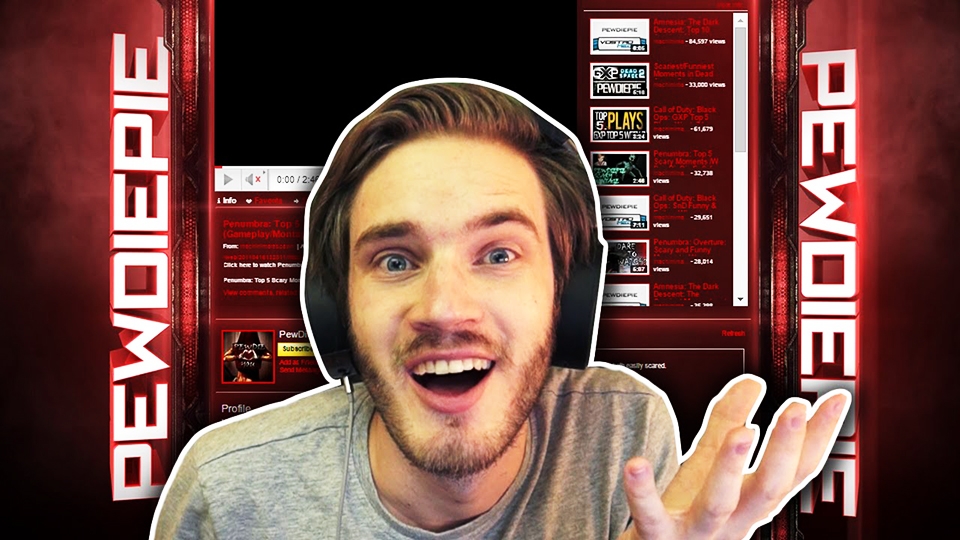
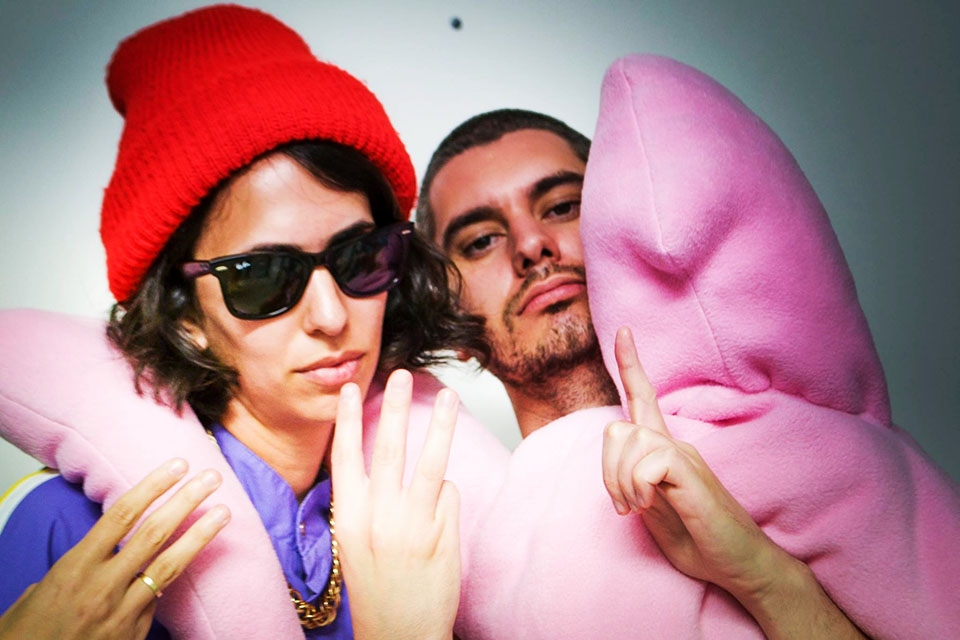
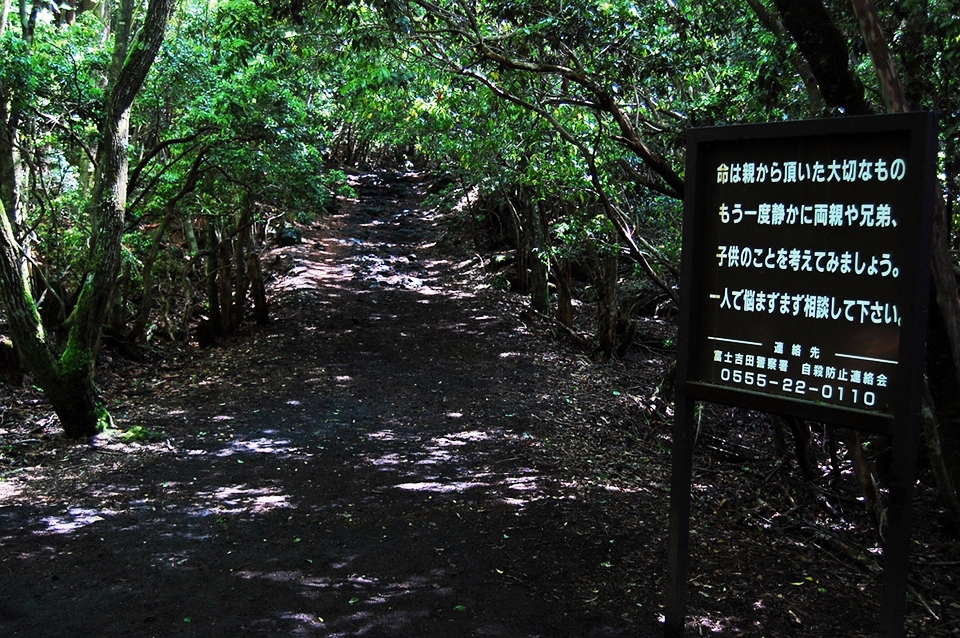
the rise and fall of Youtube began with YouTube Red